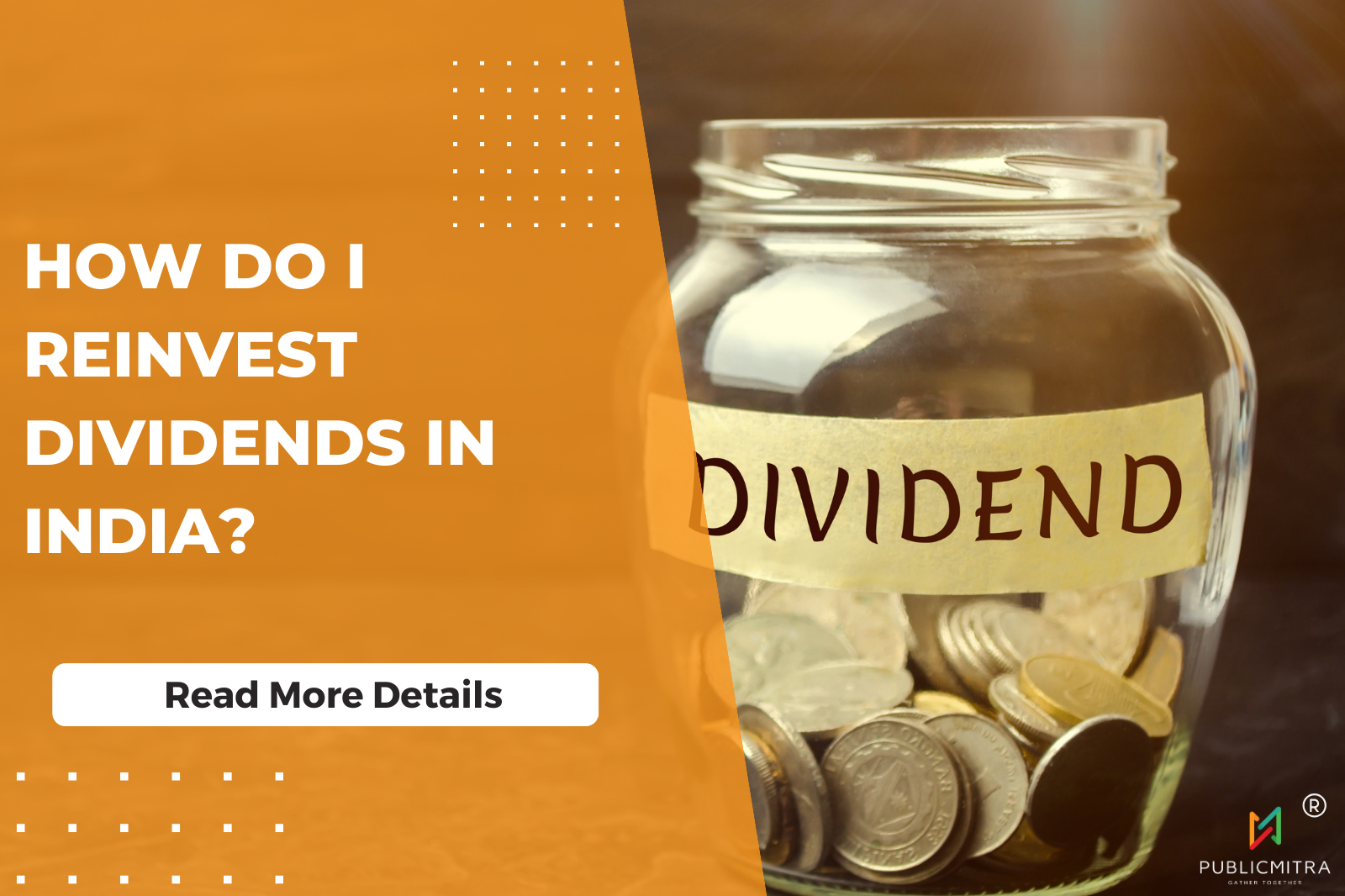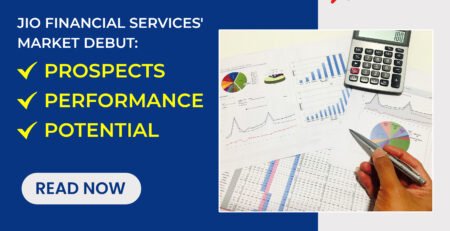How Do I Reinvest Dividends In India?
Acquiring Additional Shares
Dividend Reinvestment Plans allow you to increase the holding size of the investment by simply reinvesting all the dividends that you receive on the investment’s behalf. Each reinvestment that you make back to the investment portfolio, will increase the number of shares you own with respect to that particular investment. Initially, the growth might seem insignificant, but over time, the compounding effect will really make a huge difference which might stun you. Taking into account the natural increase of the fund’s growth year-on-year, you will be in a place to realize huge gains.
Unlocking Share Price Discounts
Few companies offer a deal for dividends by giving shares at a discounted price to the market price. This offer not only leverages you in multiplying shares but as well increases the overall value of your portfolio. This perk is like getting a bonus on top of receiving dividends.
The Power of Compounding
People who are into investing are very well aware of the power of compounding concepts. It’s more like reinvesting your returns to gain additional returns on your overall investment. That comes into picture if you are investing for a long term. .
So does the same work for DRIP?
Of course, it does.
As and when you reinvest your gains from the investment back toward your portfolio, the number of shares you own increases drastically with time. Moreover, the increased number of shares begins to generate more dividends with time. This compounding effect leads to exponential growth in your investment. The exponential effect is one hundred percent real It’s just that the longer you stay committed to the process, the effect is more pronounced and visible.
When something seems too good to be true, chances are that it probably is. There’s one catch is all of this though. It’s that, there is obviously a limit as to how much of the dividend that you own can be reinvested in terms of DRIP. This is usually upto 10%.
Tailoring Dividend Reinvestment to Your Needs
Short-Term vs. Long-Term Investments
Dividend reinvestment strategies can be made specific to your investment goals and the time frame you’re looking for. For short-term investors seeking liquidity, reinvesting dividends can provide a valuable source of gains. On the other hand, long-term investors can acquire the benefits of compounding entirely, as they don’t really rely on immediate dividend income.
Tax Efficiency
For those people in the higher tax brackets, dividend reinvestment can offer many tax benefits. You can defer taxes on your reinvested dividends until you actually sell your investment. In doing so, you can reduce your tax liability. This strategy with respect to taxes frees up more capital for reinvestment, which results in the growth of your portfolio over time.
Strategies for Maximizing Dividend Reinvestment
Market-Timed Reinvestment
The next natural question that might be in your mind is, is there any way for you to strategically inject capital such that you can maximize your gains?
Well, there seems to be!
The answer that you are looking for is Timing.
Even though most people associated with the finance industry tend to say that there’s no way for anybody to successfully time the market. If it hasn’t been possible for the greatest investor to have ever walked the Earth, chances are you cannot do it.
However, there’s an exception to this. You can definitely choose the price at which you want to invest the extra capital that you want to add to the particular financial asset. If you are particular about the numbers and have a knack for it, you will end up calculating what would be an ideal price at which you want to step in.
The financial markets are a zero-sum game. The interest of the market fluctuates due to a multitude of factors that are not predictable even by the most advanced supercomputers created so far. However, if you are fundamentally rational and sane, there are various metrics one can assess in order to become aware of how a particular share is doing. If a share currently seems to be available at a discount, then why not put in some extra bucks to cash in on those extra shares? By reinvesting when share prices are low, you can acquire more shares for your dividend capital, setting the stage for even greater future gains.
Embracing Index Funds
If you are looking for a hands-off approach, you can consider index funds for parking your money. The concept lies in pooling your money with other investors like you and keeping a tab on the performance of the specific market index, for instance, S&P or Sensex. Many of the index funds come with an option to reinvest dividends automatically. That makes it easier to diversify your portfolio and leverage the power of dividends.
Utilizing Tax-Advantaged Retirement Plans
What about those living in the Golden Age? Could they also try to seek some benefits out of this deal?
Generally, people planning retirement tend to be invested for the long term. Several tax-advantaged retirement plans like 401(k)s and IRAs can be ideal for dividend reinvestment. These also offer tax benefits that amplify the advantages of compounding, thus helping them achieve their financial freedom when they need it the most!












